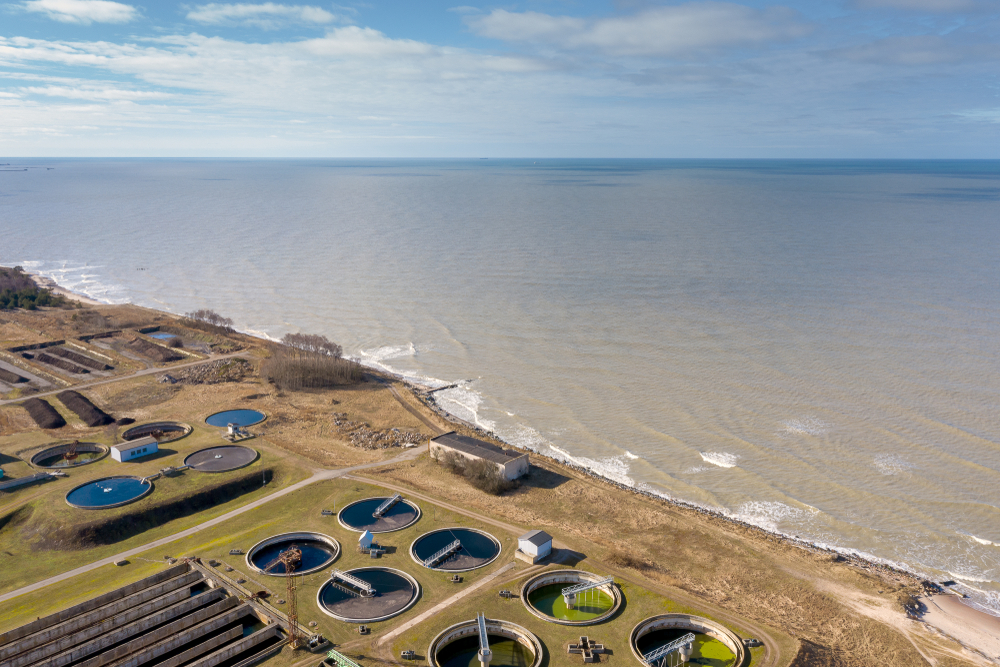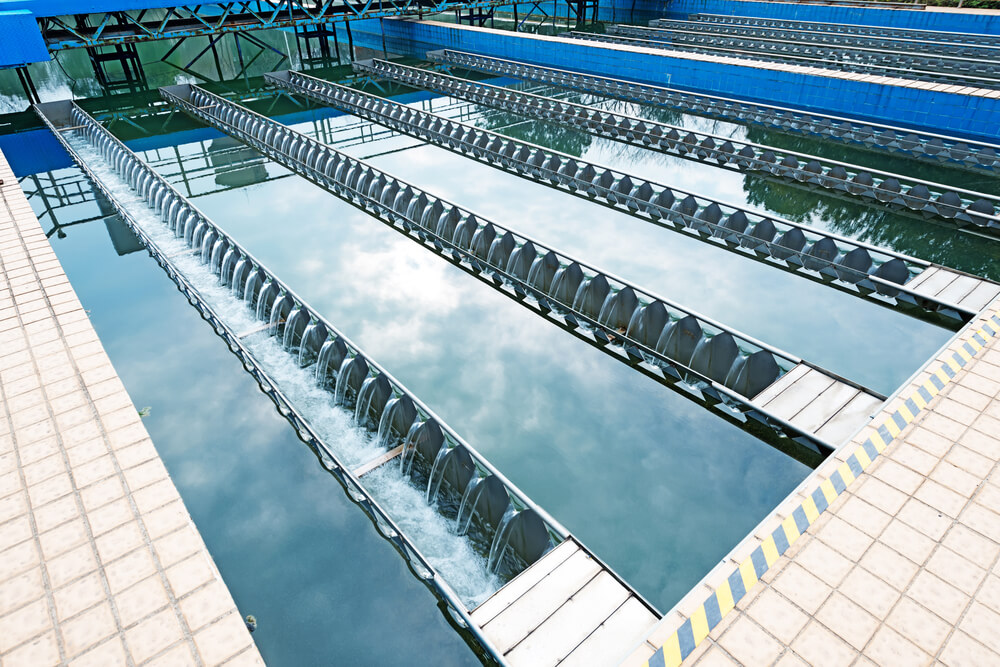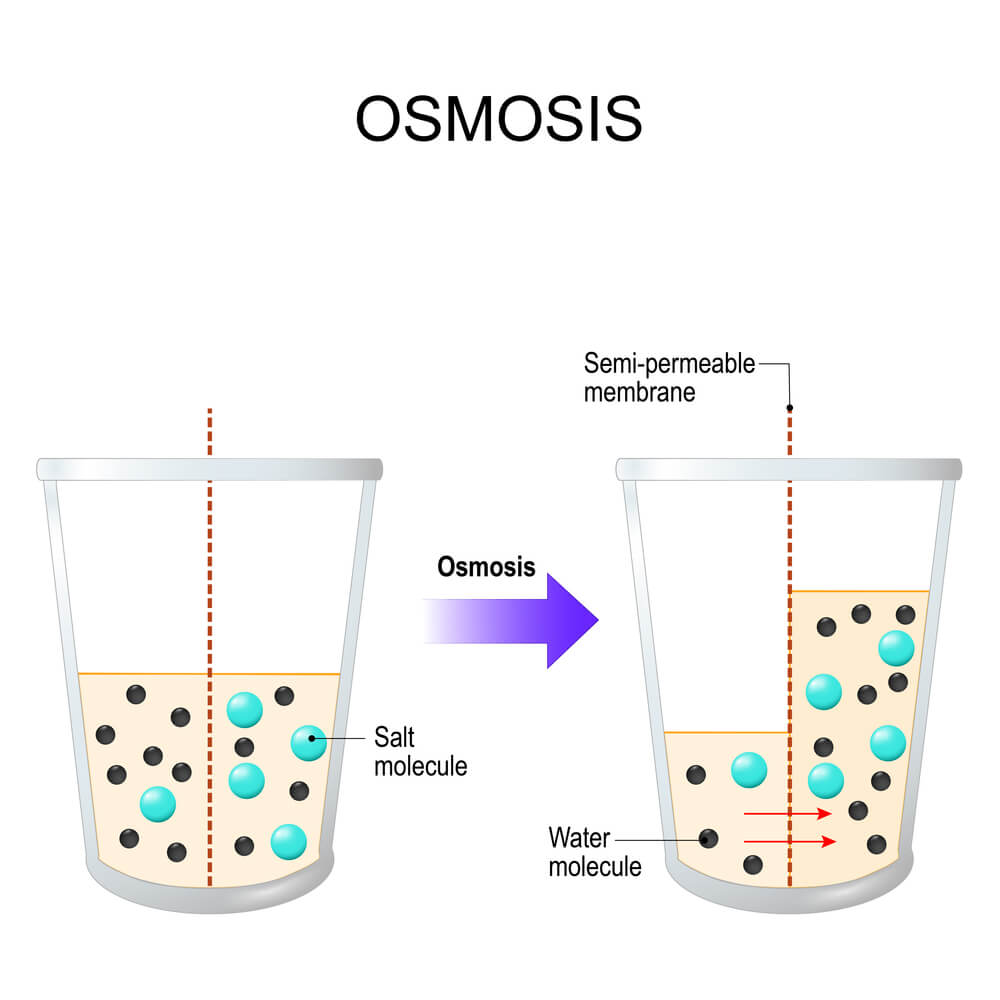Blog
Will mixing of freshwater with seawater make coastal wastewater treatment plants energy independent?
Blue energy could make coastal wastewater treatment plants (WWTPs) run independently, at low-costs, and without damaging the environment.

Places where rivers discharge into the sea are a rich source of renewable energy. This means that coastal wastewater treatment plants could be powered by freshwater and seawater mix.

Renewable energy generated from running water has been well-known since ancient times. Today, we are able to turn the falling water, vapor, and ocean motion energy into electricity.
An extension of water energy is also “blue energy” produced by mixing seawater with freshwater. The latest study conducted by the Stanford University describes the potential use of blue energy at wastewater treatment plants.
Osmotic power in practice
Blue energy, also referred to as Osmotic power, is the energy produced by the natural phenomenon when mixing freshwater with seawater. The salt concentration in seawater is, naturally, higher, and when it comes into contact with freshwater, the Osmosis happens - balancing the salt concentration in both waters.
Energy production is ensured by the semi-permeable membrane which separates seawater and drinking water. The Molybdenum disulphide membrane enables the ions from sea salt to penetrate the seawater. As ions are electrically charged atoms, their movement can be used to produce electrical energy.

This concept has been utilized for some time, however, new batteries presented by the Stanford University do not depend neither on pressure nor on the Osmosis itself. Instead of the membrane, they use an electrode which allows the system to work constantly without no other energy investment.
How will the WWTPs benefit from the blue energy?
The power can be generated from any river discharge into the sea. Seawater is mixed with freshwater also at the wastewater treatment plants situated on the seashore. The WWTPs mix treated freshwater with seawater, creating convenient conditions for blue energy production.
A new battery releases chloride and sodium ions from the battery electrodes into the solution, making the current flow to another electrode. The exchange of wastewater with seawater reincorporates ions in water and reverses the current flow. Energy is then recovered from seawater and freshwater flushes, with no need of upfront energy. The battery is self-recharging, and thus eco-friendly.
The coastal WWTPs can be supplied with energy recovered by mixing seawater with freshwater.
New battery testing
The battery prototype was tested at Palo Alto Regional Quality Control Plant in California. The battery underwent 180 cycles with 97 percent effectiveness maintained.. Nevertheless the power output on the tested battery has been relatively low, the system worked well.
Use of multiple batteries proved to be a potential solution of this global issue. Blue energy can make coastal wastewater treatment plants run independently, at low-costs, and without damaging the environment.
More articles
The Danube has a problem: It suffers from an increase in plastic and pharmaceutical waste
At present, 322 million tonnes more plastics are produced than in 1950. Even the tenth of this will end up as waste in the sea.
